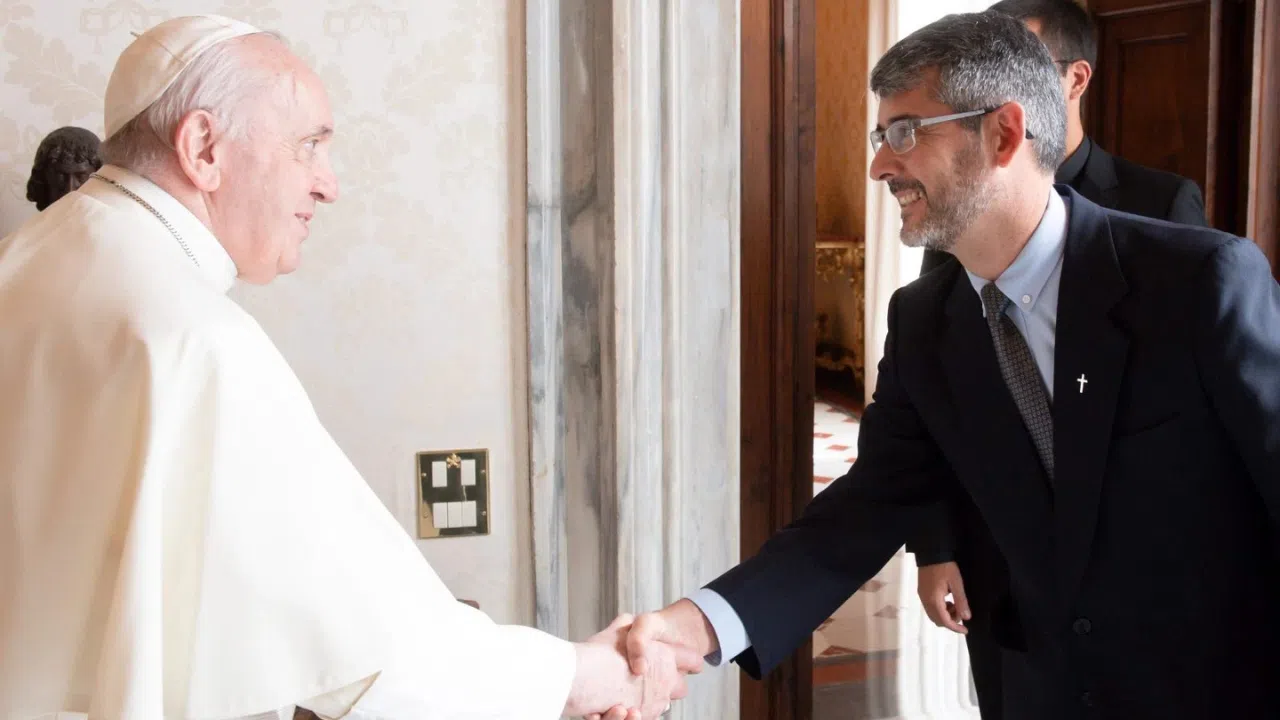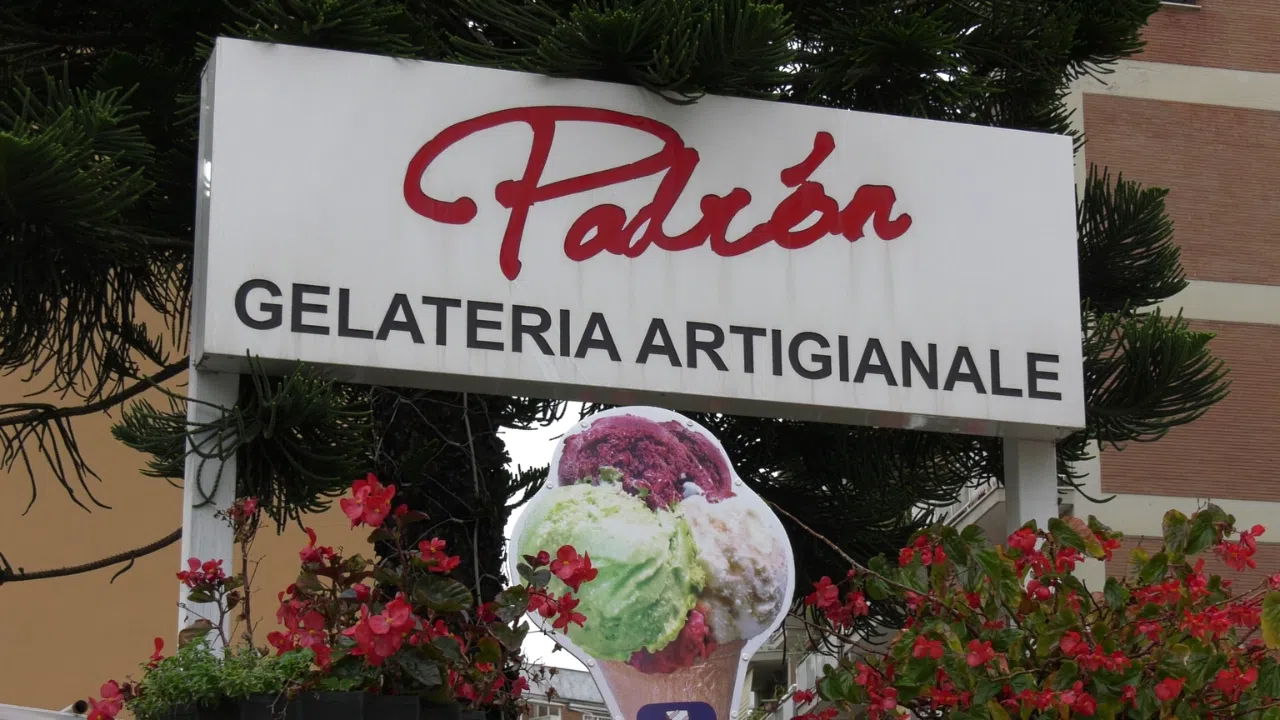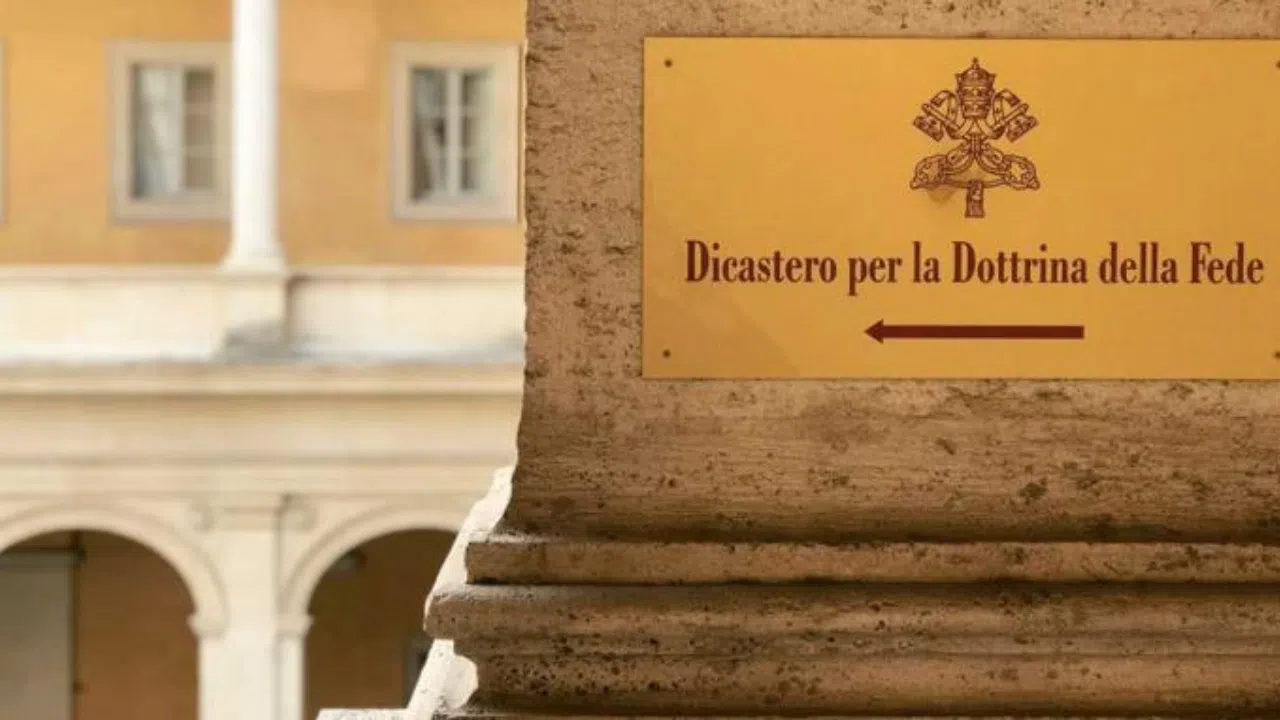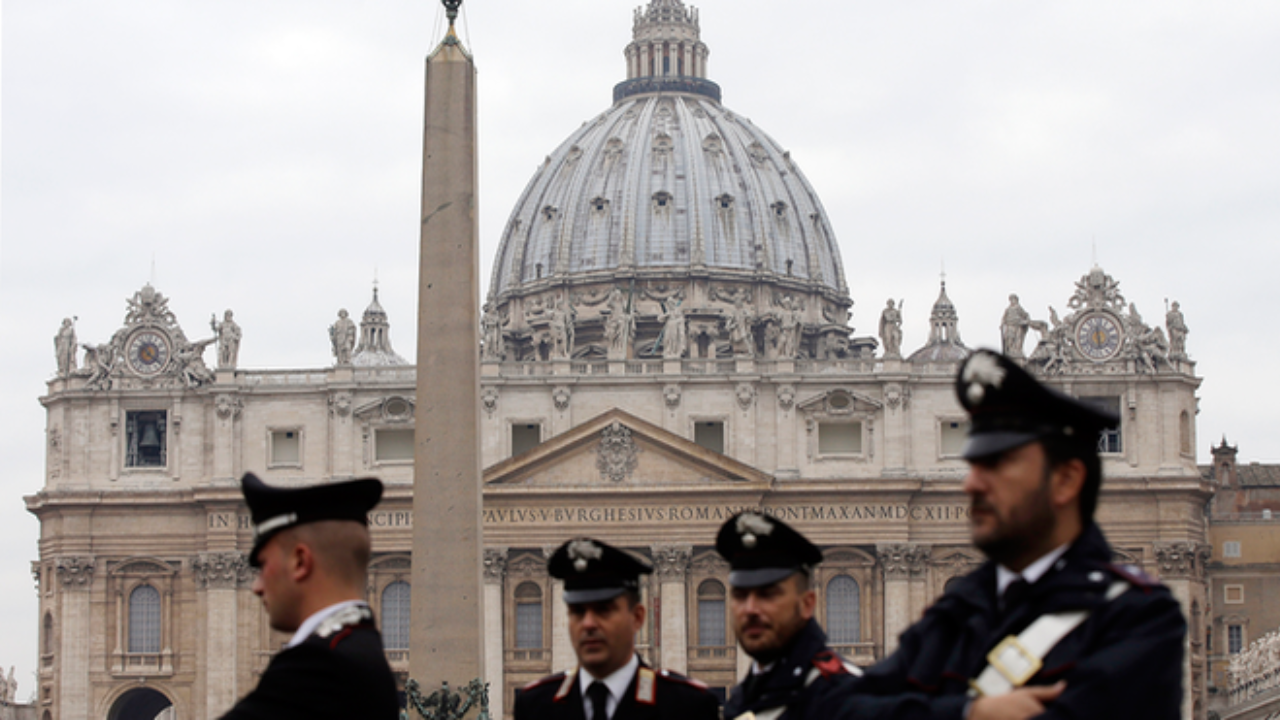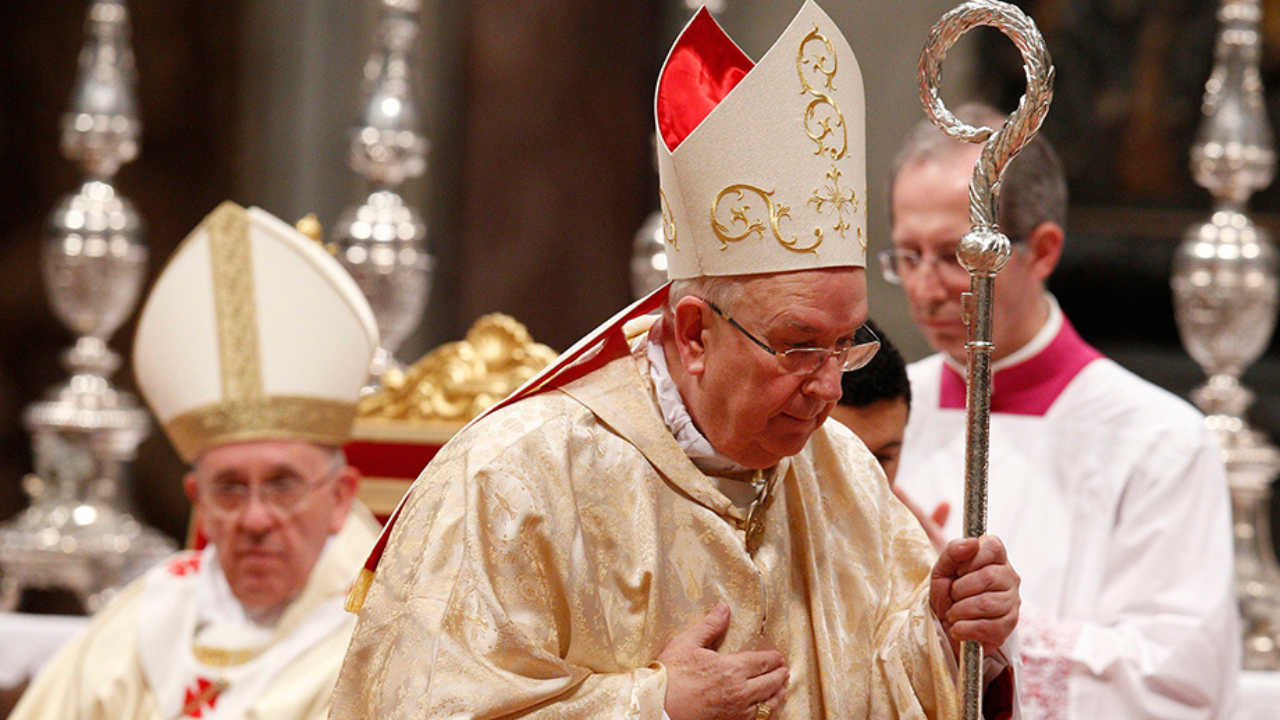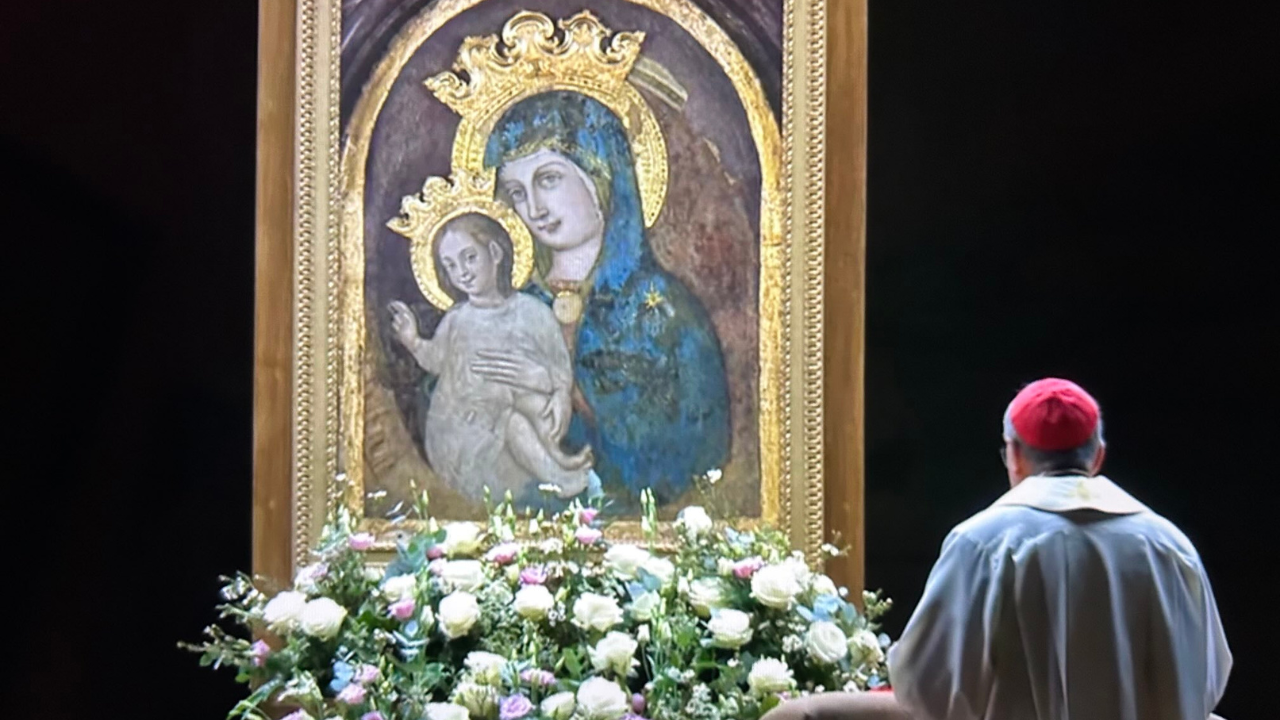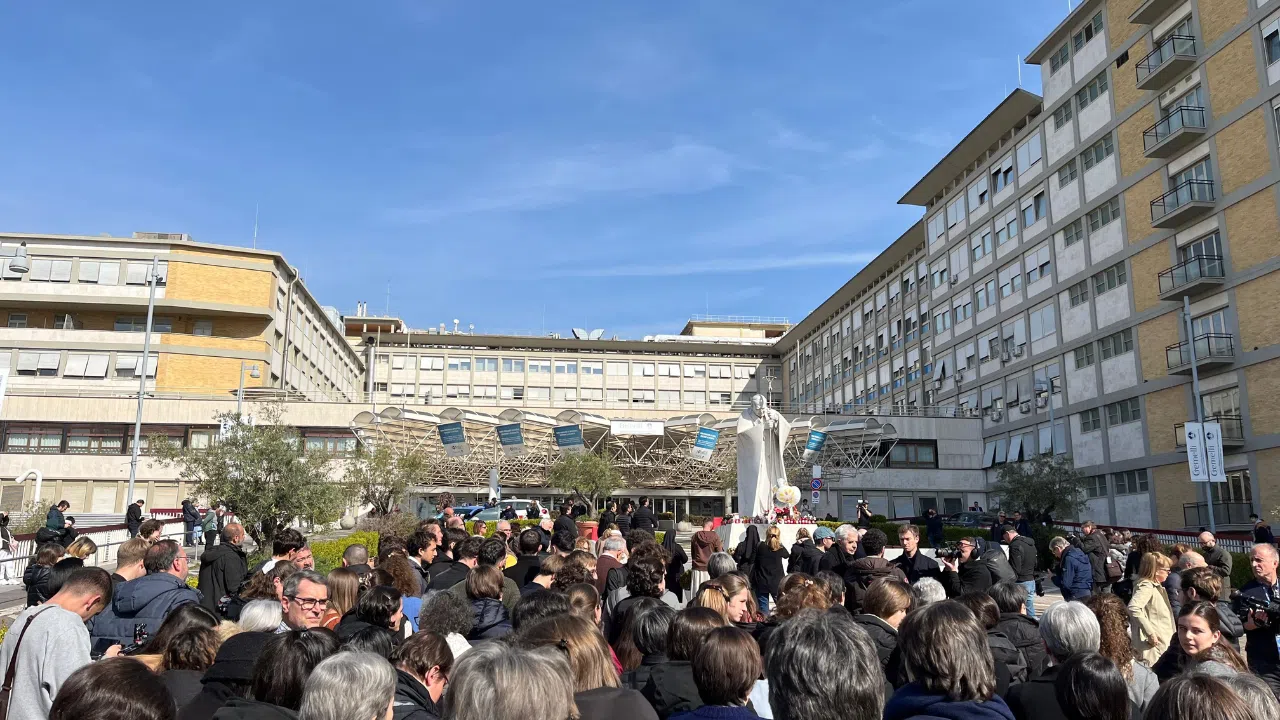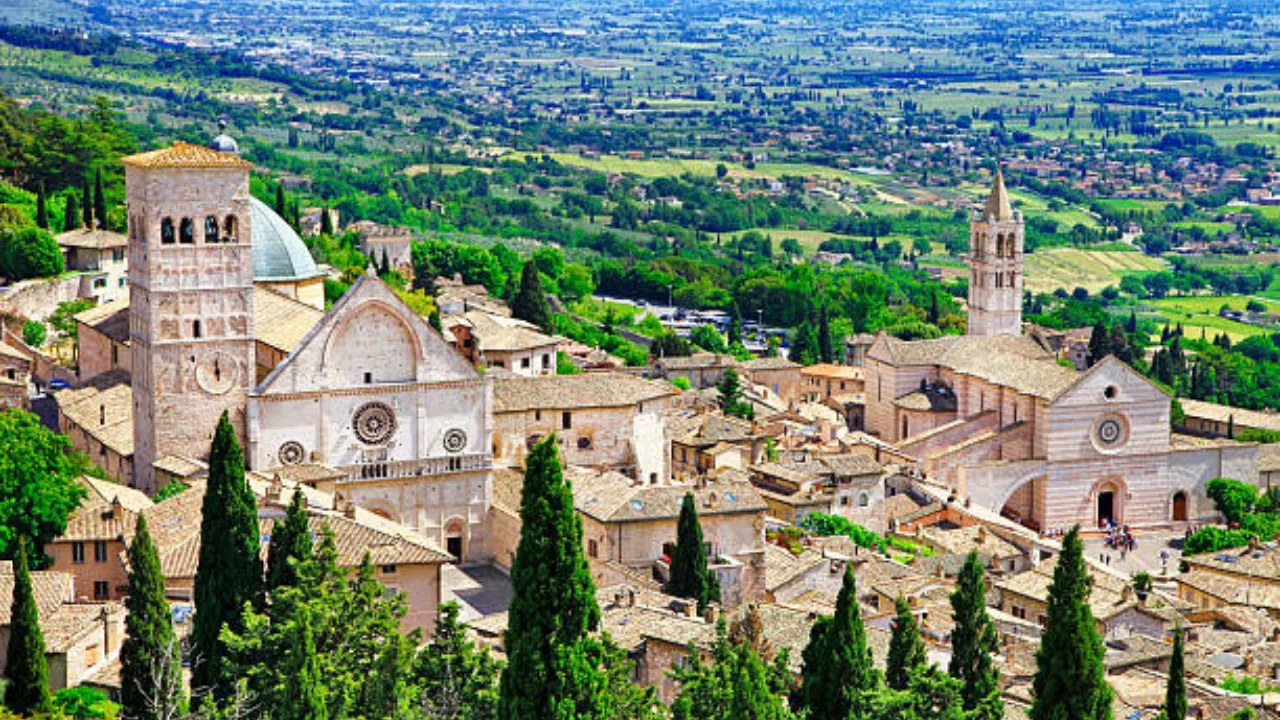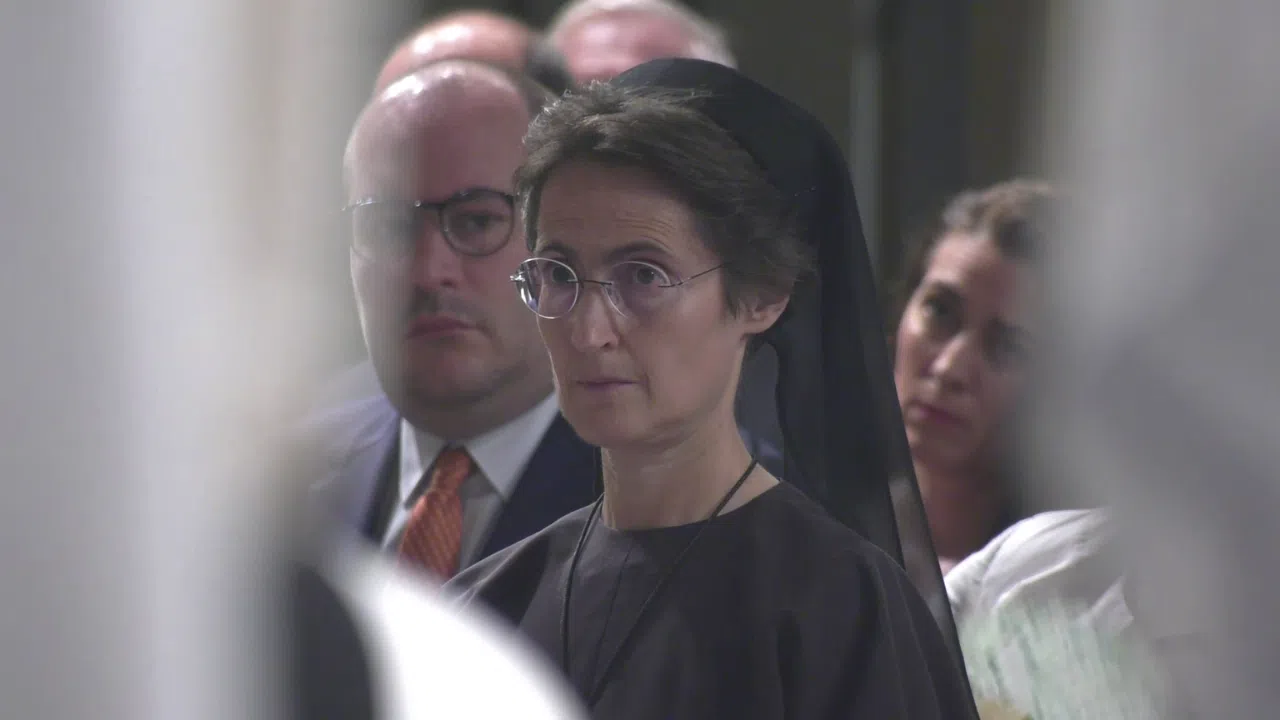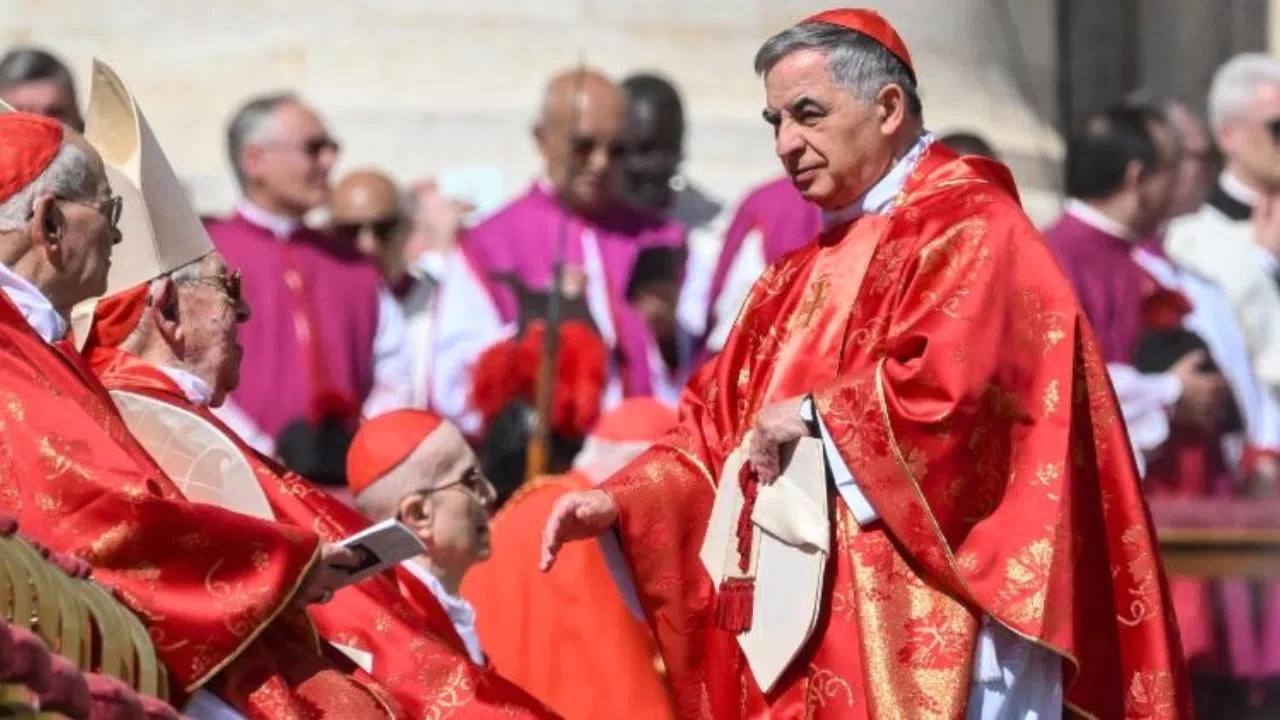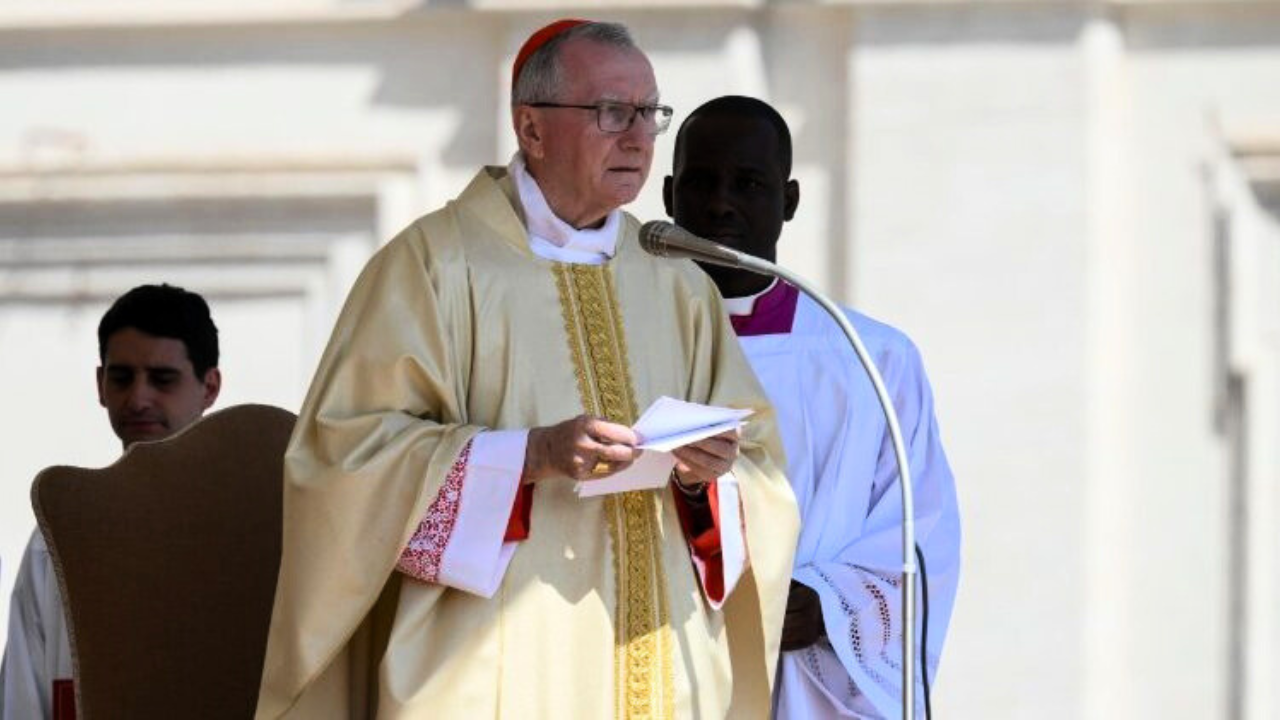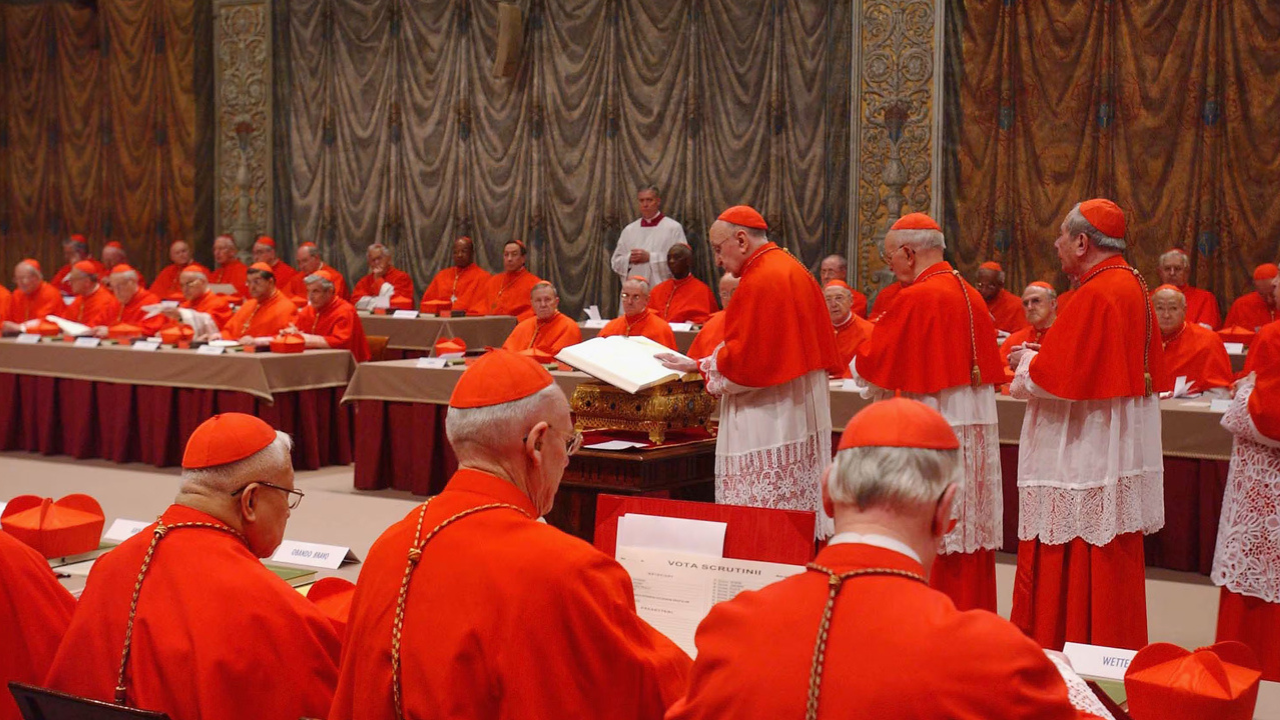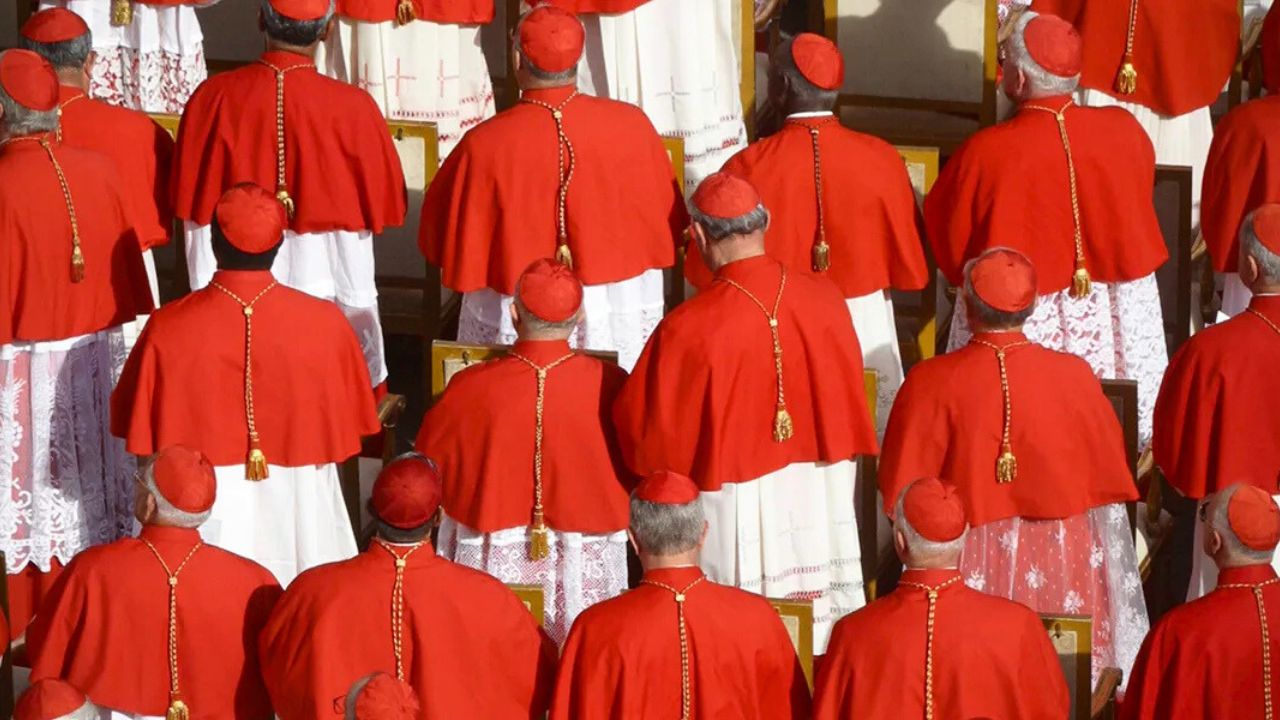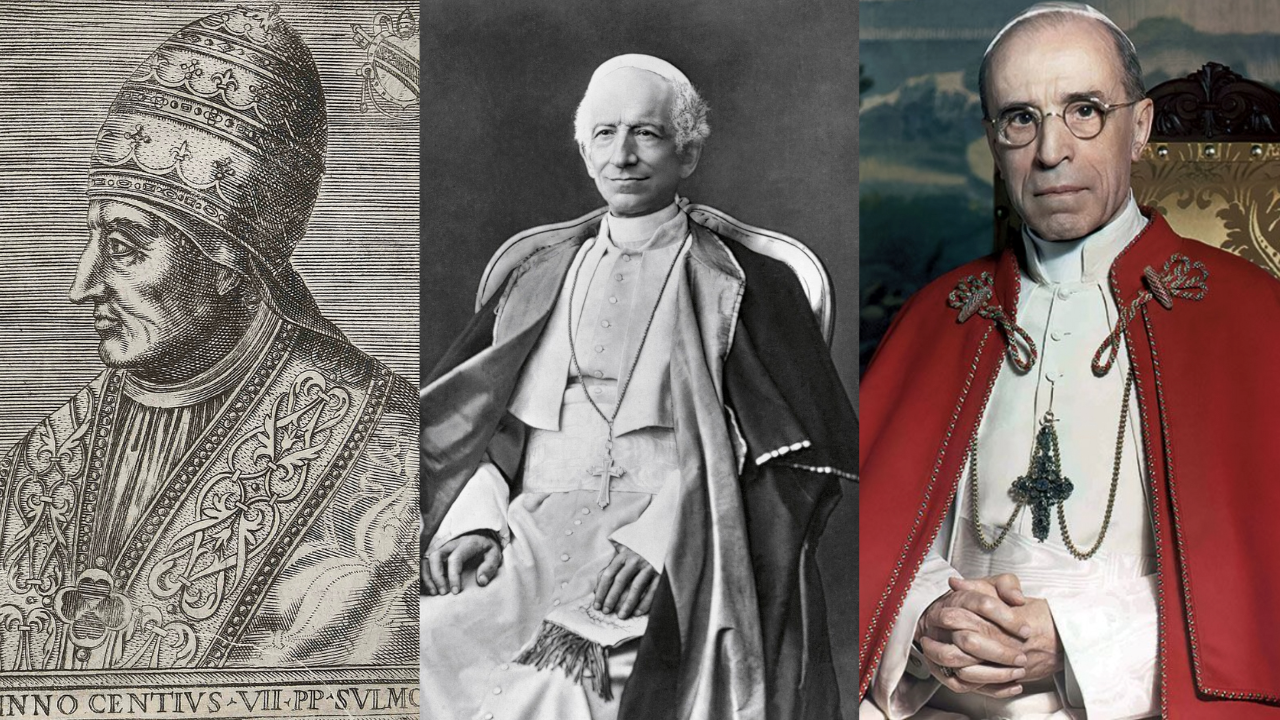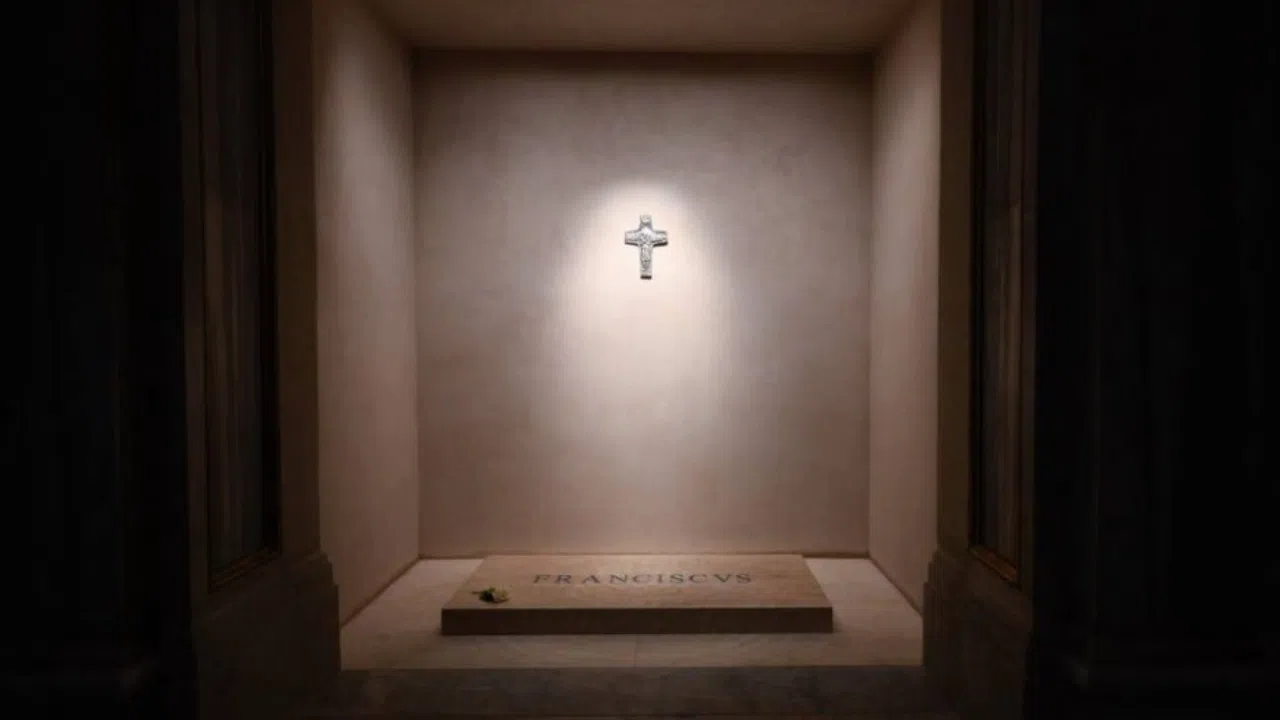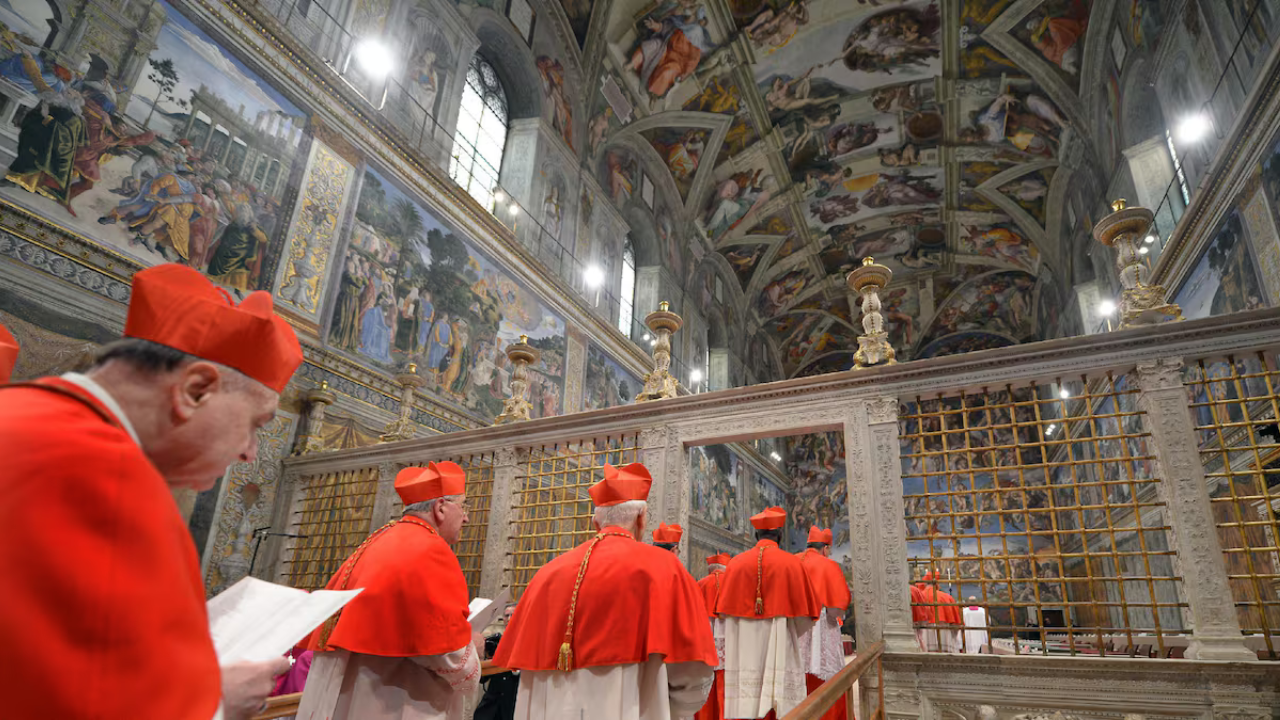The Trevi Fountain is one of the most easily recognized monuments in Rome, but its Baroque style hides more than 20 centuries of history.
FILIPPO CALABRIA
Tourist Guide in Rome
“The aqueduct that carries water to the Trevi Fountain is called the 'Acquedotto Vergine.” Consul Agrippa built it in the year 19 B.C., and it's the only Roman aqueduct (there were 11) that continues to work today.”
The fountain is about 65 feet wide and 160 feet tall, and completely covers the back facade of the Palazzo Poli. No tourist can resist taking a picture of the 19-foot-tall central statue, or of the four smaller ones, dating back to 1735.
The fountain we see today began as a project to renovate the old fountain, back in 1732, as records from that period show.
FILIPPO CALABRIA
Tourist Guide in Rome
“It's complicated because, obviously, many architects and sculptors worked on the Trevi Fountain. We're talking about 31 and a half years of construction. It's impossible to choose a name, but the person who came up with the original project for the Trevi Fountain was Nicola Salvi.”
It was a huge project that neither Pope Clement XII nor Salvi saw to the end, as both died before its inauguration in 1762.
“Trevi,” the name of the fountain could be related to the aqueduct, but it could also have something to do with the fact that it's at an intersection of three streets. “Three streets” in Italian is “tre vie.”
The Trevi Fountain isn't just an artistic attraction. It's also the site of a famous tradition. Visitors who want to return to Rome have to throw a coin over their shoulder into the fountain. But there's another less known tradition.
FILIPPO CALABRIA
Tourist Guide in Rome
“There's another, more interesting and fun legend. If a guy comes here with his girlfriend and gives her a glass of water from the fountain to drink, and she drinks it and then breaks the glass, then their love will last forever.”
The fountain is also full of legends, like those about this vase. Locals say that back in the day, a barber in the square would criticize the architect, who decided to do something about it.
FILIPPO CALABRIA
Tourist Guide in Rome
“He would complain and say that he didn't like Nicola Salvi, that he didn't work well, that he didn't like the project. Until one day, Nicola Salvi—and this is partly history, partly legend—builds this large vase to block the barber's view of the fountain.”
It's a symbol of Rome familiar around the world, but that, after 20 centuries, continues to hide countless mysteries for visitors to discover.
BGA
TR: CT
